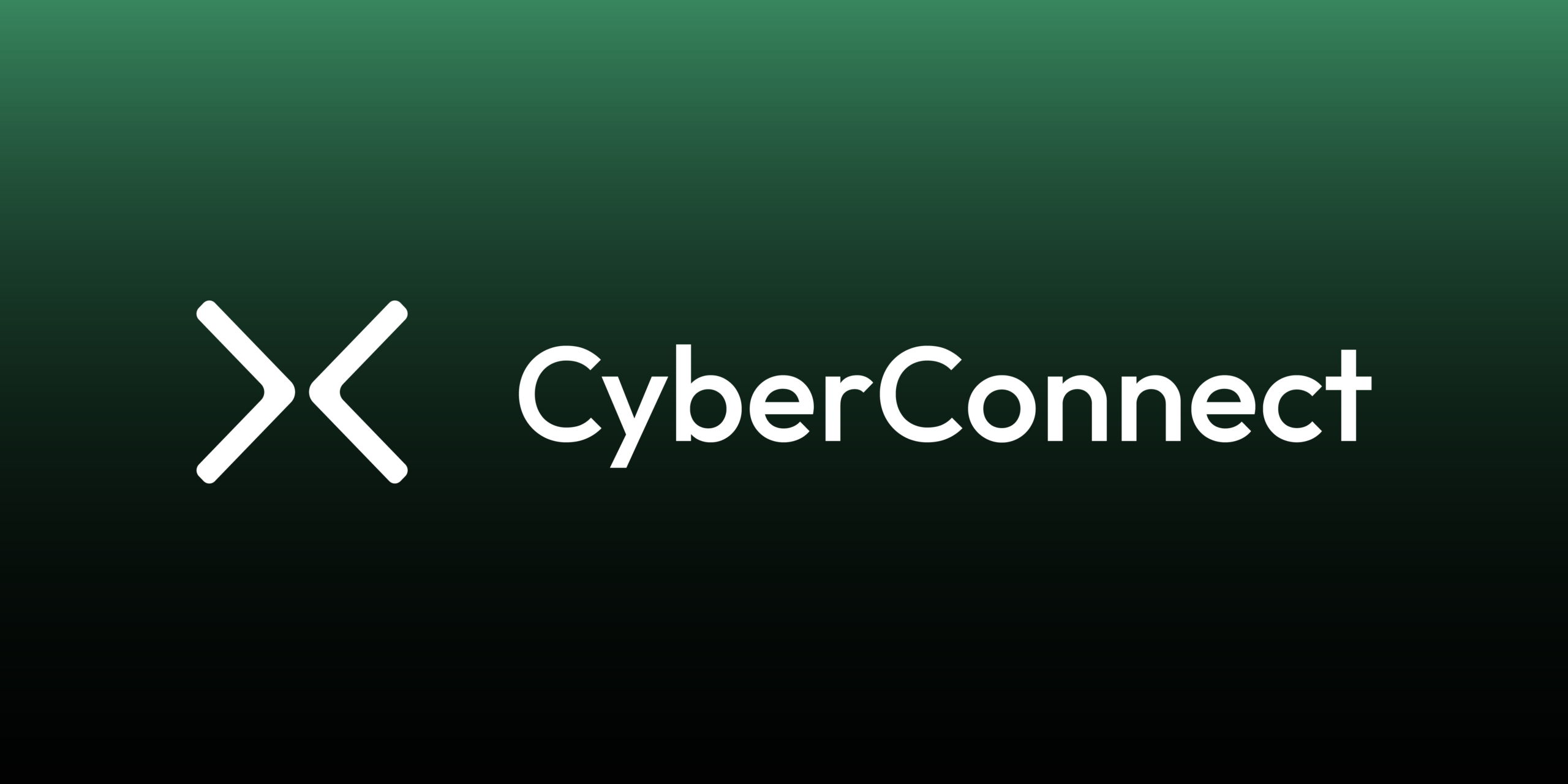Introduction
CyberConnect emerges as a web3 social network, revolutionizing digital social interaction. The platform’s commitment to user-owned digital identity, content, connections, and interactions sets a new standard in transitioning from web2 to web3. This review delves into CyberConnect V3, examining its potential as a multichain future for web3 social applications, focusing on scalability, interoperability, and user-friendliness.
Innovation
CyberConnect introduces groundbreaking elements in the web3 space. It shifts the control of user data from centralized entities to the users themselves, tackling significant challenges faced in the web2 era like censorship and data control. Its approach to a decentralized social graph paves the way for a new generation in social networking.
Architecture
CyberConnect’s architecture is a harmonious blend of multichain integration and efficient data handling. The framework interconnects various blockchain ecosystems, offering a seamless experience and decentralized data management. The upcoming launch of CyberConnect V3, featuring its network, is a promising step towards a more integrated multichain social identity ecosystem.
CyberConnect Code Quality
The platform’s code is meticulously crafted, emphasizing clarity and robust testing, not only making it accessible for developers but also ensuring the protocol’s sustainability and maintainability over time.
Product Roadmap
CyberConnect’s roadmap is ambitious yet achievable, with clear milestones and an emphasis on the upcoming launch of CyberNetwork. This development is particularly notable, as it aims to address the significant issue of high gas fees, a barrier to blockchain adoption.
Usability
CyberConnect excels in usability. It is EVM-compatible, facilitating smooth integration with various dApps. The user interface is intuitive, simplifying the process for end-users to navigate and engage with the platform.
Team
The team behind CyberConnect demonstrates a remarkable blend of expertise and vision, crucial for the project’s success in innovation and architecture. Their forward-thinking approach has enabled the development of a user-centric platform, offering unparalleled control over digital identity and decentralized monetization for creators. With skills in bridging multiple blockchain ecosystems, they have efficiently streamlined user experiences and laid the groundwork for CyberConnect V3, poised to become a multichain social identity ecosystem. This combination of technical prowess and strategic foresight underscores the team’s capability to navigate and shape the evolving landscape of web3 social networking.
Conclusion
CyberConnect stands out as a pioneering force in the web3 social networking space. Its user-centric approach, innovative architecture, and commitment to solving critical issues like high gas fees and interoperability make it a notable project in the crypto area. While fully realizing its vision is contingent on successfully implementing its roadmap, CyberConnect demonstrates immense potential in reshaping the social media landscape in the web3 era.
| Initial Screening | |||
| Keep researching | |||
| Does this project need to use blockchain technology? | Yes | ||
| Can this project be realized? | Yes | ||
| Is there a viable use case for this project? | Yes | ||
| Is the project protected from commonly known attacks? | Yes | ||
| Are there no careless errors in the whitepaper? | Yes | ||
| Project Technology Score | |||
| Description | Scorecard | ||
| Innovation (Out Of 11) | 8 | ||
| How have similar projects performed? | Good | 2 | |
| Are there too many innovations? | Medium | 1 | |
| Percentage of crypto users that will use the project? | 6%-10% | 3 | |
| Is the project unique? | Yes | 2 | |
| Architecture (Out of 12) | 9 | ||
| Overall feeling after reading whitepaper? | Good | 2 | |
| Resistance to possible attacks? | Good | 2 | |
| Complexity of the architecture? | Not too complex | 2 | |
| Time taken to understand the architecture? | 20 – 50 min | 1 | |
| Overall feeling about the architecture after deeper research? | Good | 4 | |
| Has the project been hacked ? | No | 0 | |
| Code Quality (out of 15) | 14 | ||
| Is the project open source? | Yes | 2 | |
| Does the project use good code like C,C++, Rust, Erlang, Ruby, etc? | Yes | 2 | |
| Could the project use better programming languages? | No | 0 | |
| Github number of lines? | More than 10K | 1 | |
| Github commits per month? | More than 10 | 2 | |
| What is the quality of the code? | Good | 2 | |
| How well is the code commented? | Good | 1 | |
| Overall quality of the test coverage? | Outstanding | 2 | |
| Overall quality of the maintainability index? | Outstanding | 2 | |
| When Mainnet (out of 5) | 5 | ||
| When does the mainnet come out? | Mainnet Ready | 5 | |
| Usability for Infrastructure Projects (out of 5) | 5 | ||
| Is it easy to use for the end customer? | Yes | 5 | |
| Team (out of 7) | 5 | ||
| Number of active developers? | 5+ | 2 | |
| Developers average Git Background? | Intermediate | 1 | |
| Developers coding style? | Solid | 2 | |
| Total Score (out of 55) | 48 | ||
| Percentage Score | |||
| Innovation | 14.55% | ||
| Architecture | 20.00% | ||
| Code Quality | 25.45% | ||
| Mainnet | 9.09% | ||
| Usability | 9.09% | ||
| Team | 9.09% | ||
| Total | 87.27% |





